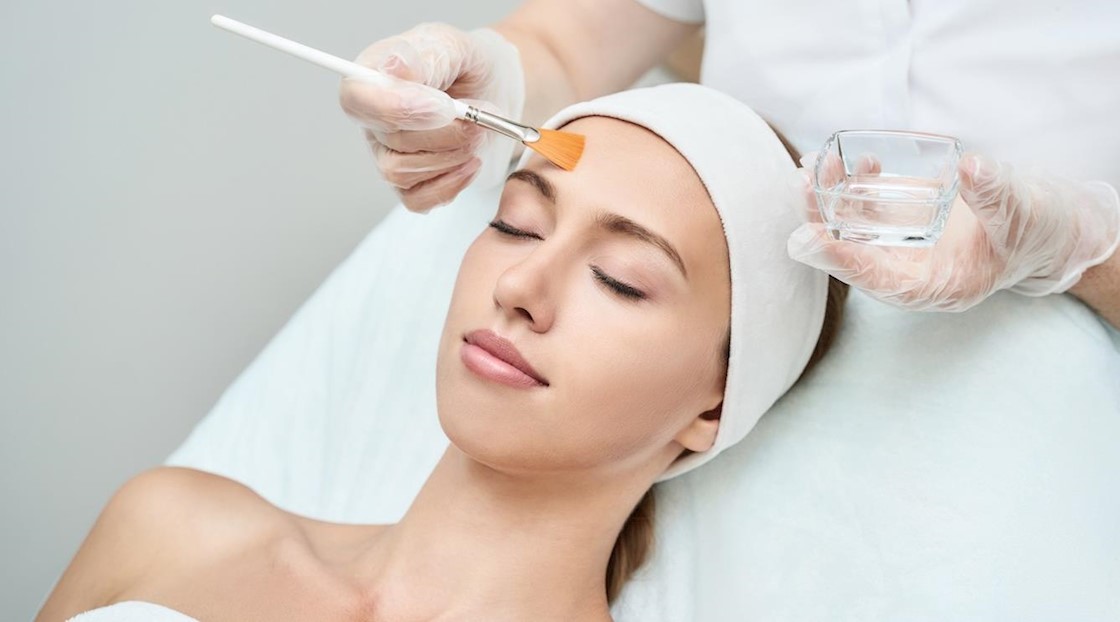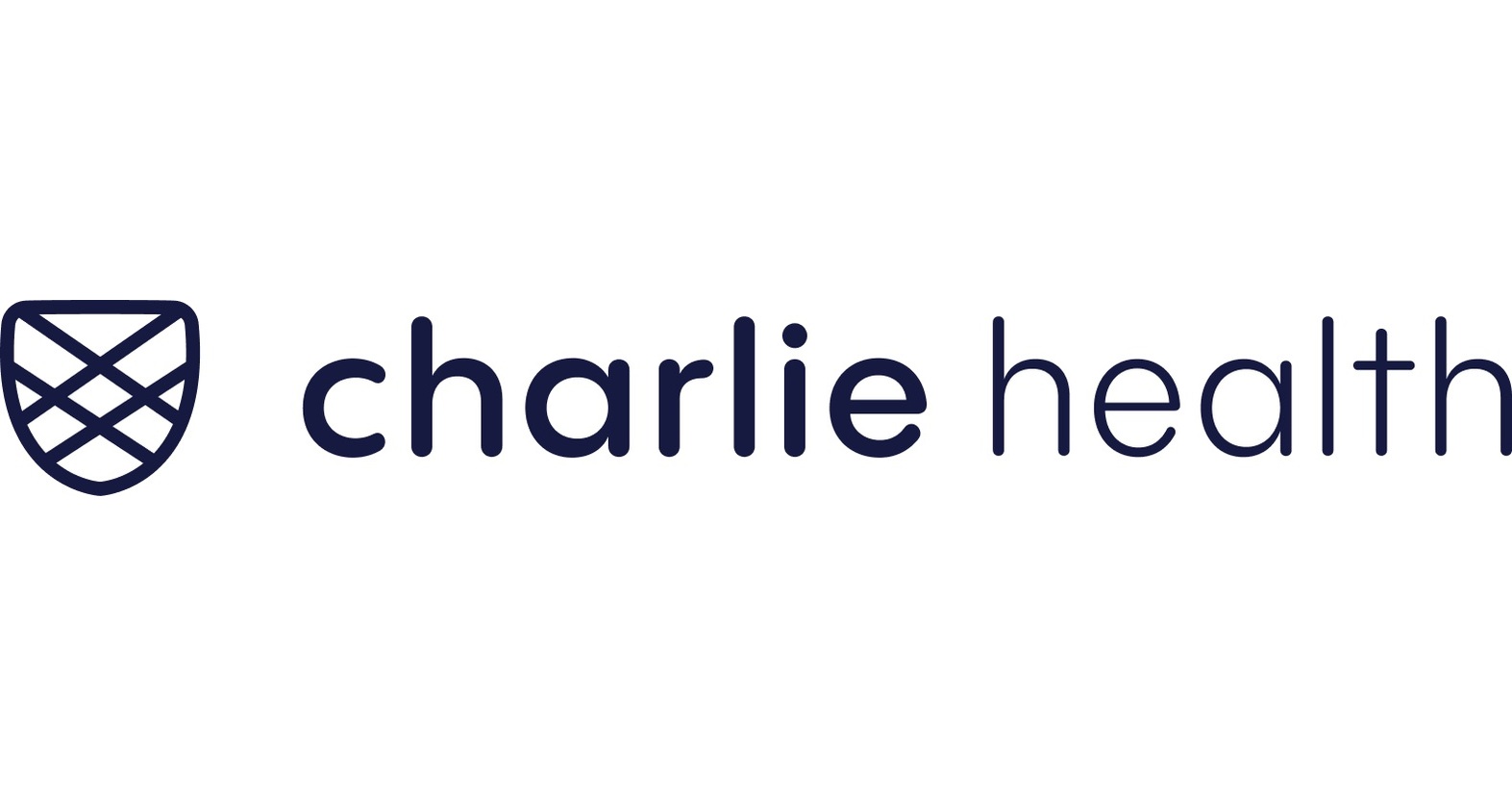At-home skincare can only do so much. If you’re looking to remove dead skin cells and restore your youthful glow, chemical peels are a great way to rejuvenate your skin! But don’t let the word “chemical” scare you—peels can be safe and effective when done properly.
The trouble is that most people don’t know what to expect before and after treatment—so there’s no way for them to prepare accordingly. That’s why I’m writing this article: I want to give my readers a detailed account of the process, from research to recovery.
Table of Contents
What Is A Chemical Peel?
A chemical peel is a facial rejuvenation procedure that uses a special chemical solution to dissolve the top layer of skin. It’s done to improve and smooth the texture of the skin. It’s one of the most popular non-invasive treatments for aging and sun-damaged skin. There are four common types which include AHA peels, BHA peels, TCA peels, and Phenol peels.
When you undergo this treatment, your doctor applies the chemical solution to your face or neck. After it begins to work, it may begin to feel warm and slightly tingly — don’t worry, this is normal! The old outer layer of skin will then peel away, leaving fresh new skin underneath that looks more supple and youthful than before.
Why Would I Get One?
Why would someone want to get a chemical peel? Apart from its anti-aging benefits, it can also improve acne marks, freckles, and dark patches on your face caused by pigment changes in your skin. It can help reduce wrinkles as well as improve overall skin tone and texture too — revealing youthful skin and making you look healthier.
Who Is A Good Candidate?
Before you book your appointment, it’s important to understand who makes an ideal candidate for this type of procedure.
A good candidate will typically be an adult that has minor wrinkles, age spots, or other facial imperfections that they want to address. People with uneven skin tone, sun damage, acne scars, and melasma can also benefit from the treatment. However, if you have more serious skin conditions such as deep wrinkles or rosacea, a chemical peel may not be the best option.
It’s also important to bear in mind that patients with darker skin tones face a higher risk of post-inflammatory hyperpigmentation (PIH) after having a chemical peel treatment so doctors usually recommend alternative treatments for these individuals. If you are not sure whether you are a good candidate, it is best to consult with your doctor or dermatologist for further advice especially to understand what works for your skin type.
Is There Preparation Needed For My Chemical Peel?
Yes, certain steps need to be followed in order to prepare for a chemical peel. First and foremost, you should consult with your doctor to ensure that it is the right treatment for you. Additionally, you should let your doctor know if you have any medical conditions or allergies that might interfere with the procedure.
It’s important to avoid sun exposure before and after the treatment, as well as stop using products such as retinol and alpha hydroxy acids two weeks in advance. You should also stop taking any medications two weeks before your scheduled appointment. This is especially true of blood thinners such as ibuprofen or aspirin since they can increase the risk of complications after treatment.
What Happens During A Chemical Peel?
Before the procedure, you’ll typically have a consultation with your dermatologist to determine if the treatment is right for you. You will be provided with instructions regarding skin preparation and what to expect before and during the procedure.
During the chemical peel, a topical solution will be applied to your face. The solution can vary depending on how severe your skin condition is but usually contains beta hydroxy acid, trichloroacetic acid, or phenol. The solution will remain on your skin for a few minutes before being wiped off with water or neutralized with an anti-inflammatory agent.

Next, you may experience some stinging or burning sensation as the acids start to work on your skin cells. Your doctor may then cover the treated area with an ointment or mask to protect it as it heals. Following this, you may need several warnings not to expose the treated area of skin to UV light or extreme cold until sufficiently healed post-treatment.
What Should I Expect After My Chemical Peel?
After the procedure, you should expect to see red or pink skin as the treated area begins to heal. Depending on the aggressiveness of the peel, you may experience some peeling and flaking of the skin over the next few days following your treatment and during the recovery period. It’s very important that you avoid picking any scabs or peeling off any skin as this could lead to complications.
You may also experience some mild itching, swelling, and tightness in your skin for 1-2 days following the session. To help relieve these symptoms and enhance healing, you should use cool compresses and apply moisturizing creams or lotions on a regular basis.
More aggressive peels can take up to 7-14 days to fully heal, while lesser aggressive peels will require 2-5 days. During these healing times, it’s very important that you follow all aftercare instructions given to you by your doctor or aesthetician so that complications can be avoided.




